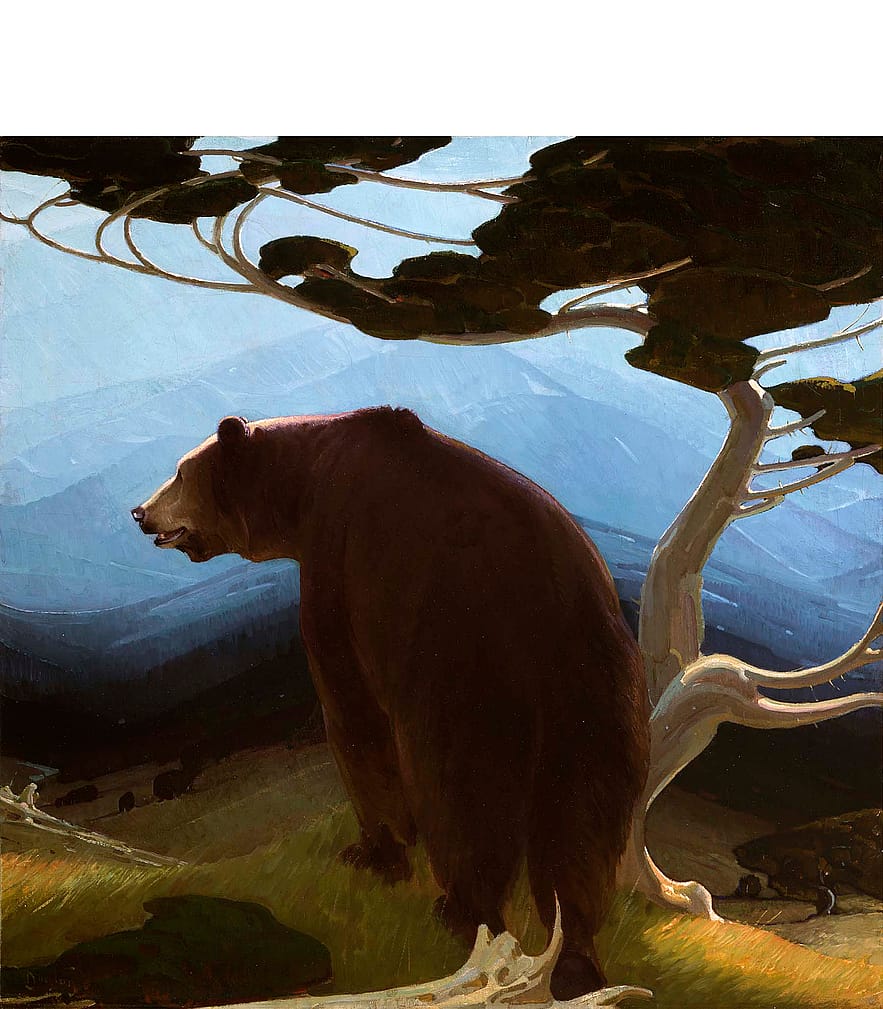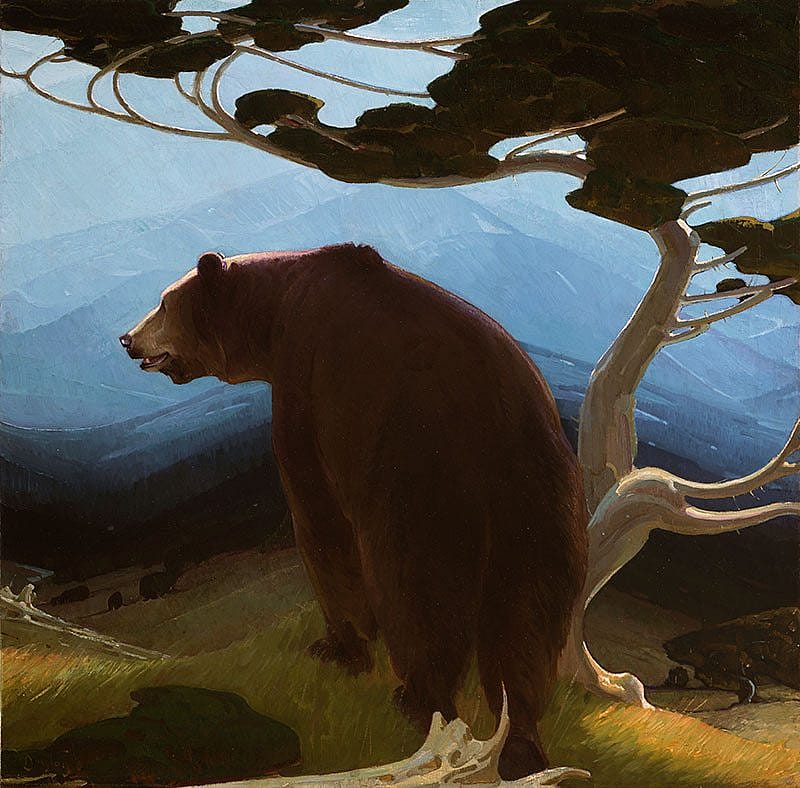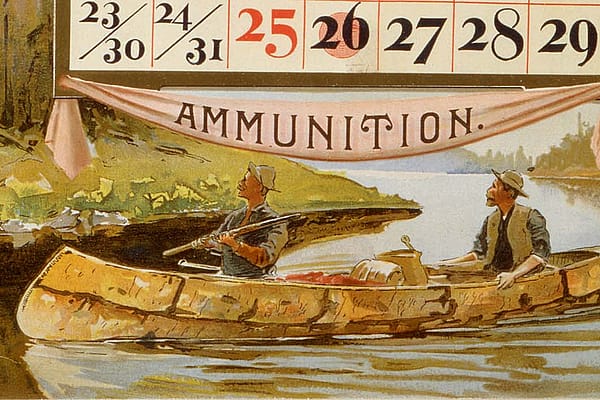
Treasures from Our West: William Dunton’s “Timberline”
Originally featured in Points West in Spring 2007
William Dunton’s Timberline
Visitors should ask themselves two questions when viewing a painting or sculpture in the Whitney Western Art Museum: “What is it?” and “Why is it here?”
One work of art that provokes these very questions is William Herbert “Buck” Dunton’s Timberline. In 1932, this established illustrator and artist created an oil painting of a bear in a fantastic wildlife setting. The bear symbolized the romance and adventure of the wilderness.
A member of the Taos Society of Artists, Dunton spent a large part of his career interested in capturing the untamed Wild West in art. He wrote, “The West has passed—more’s the pity… I’m going to hand down to posterity a bit of the unadulterated real thing.” Timberline was among Dunton’s last major works and was significantly influenced by the Art Nouveau and Art Deco movements. During Dunton’s career, the art world was constantly shifting as artists moved away from realistic to more abstract themes. In Timberline, Dunton simplified shapes and unified forms with sinuous lines, and emphasis was placed on color, line, and form, rather than the subject.
Dunton’s Timberline is more than a bear painted on canvas. To ask “what” and “why” about a work of art helps us realize how an artist such as Dunton handed down the “West,” and at the same time, how he also brought to light a new way of seeing it.
William Herbert Dunton (1878 – 1936). Timberline, 1932, oil on canvas. Museum Purchase with Donation in Memory of Hal Tate from Naoma Tate and the Family of Hal Tate, and Donations from Mr. and Mrs. Forrest Fenn, Janis and Wiley Buchanan III, Nancy Petry, the William E. Weiss Fund, and others. 9.05
Post 045
Written By
Nancy McClure
Nancy now does Grants & Foundations Relations for the Center of the West's Development Department, but was formerly the Content Producer for the Center's Public Relations Department, where her work included writing and updating website content, publicizing events, copy editing, working with images, and producing the e-newsletter Western Wire. Her current job is seeking and applying for funding from government grants and private foundations. In her spare time, Nancy enjoys photography, reading, flower gardening, and playing the flute.










